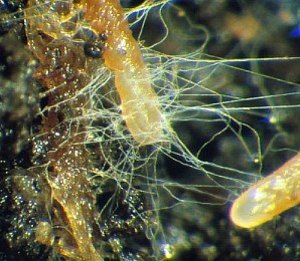This Juniper was lifted in June 2015 and planted in a plastic container. It came from a garden and was planted in a very sandy soil which came away during the lifting process. It was basically bare-rooted at the time which in my mind was not ideal at the time. I did bring some of the soil with me to add to the new mix with the hope that it contained some michoriza. At this stage I also removed some of the long, whippy branches with very little foliage on it to try and balance the foliage to root ratio.

From this point on it was watered and fertilised and received plenty of sun. A few branches died over the next twelve months, but plenty of new growth showed as well. All of this was of the needle type and then reverted to adult growth. The tree was also planted into a Bonsai pot at which time the roots were reduced a bit.


I had to move my trees three in the last six months. First from a colder, wetter part of New Zealand to an almost subtropical climate. The first place was a temporary place while we were shifting our household, then to a rental until we shifted into our own house three months later. Eighteen months after the lifting (January 2018) it was time for its first styling. Deadwood was created on the cut branches and then the wiring started. This took about six hours with not more than two hours done per day. I find it is best to start at the bottom of the tree and then work towards the apex of the tree. I have just used aluminium wire and varies from 1mm thickness to 4mm thickness. Quite a few guy wires were used to pull larger branches down. I use plastic tubing to protect the branches. Due to a few harsh bends, light cracks appeared and these were sealed with cut paste.

Now it is time to let it rest. Water and fertilise, keep an eye on the wire to prevent it from cutting in give it plenty of sun. It could be show ready in about three years. The foliage pads must mature and I have left a bit of new growth on the main branch from where another branch or two can be formed to fill some gaps.



Some of the Jin are too long, but I will leave it as it is for now. It is better to shorten them later. It is not that simple to make deadwood longer later. Lime Sulphur will also be applied later after some carving, burning and light sanding.





 re (more frequent) fertilization to take place. Michorrizal fungus spores can be bought (I have not seen it in New Zealand yet), but a much less expensive way to inoculate your Bonsai soil with the spores is to use a bit of the original soil in the Bonsai pot at planting time. I find that this is especially important when I plant Pines and other conifers.
re (more frequent) fertilization to take place. Michorrizal fungus spores can be bought (I have not seen it in New Zealand yet), but a much less expensive way to inoculate your Bonsai soil with the spores is to use a bit of the original soil in the Bonsai pot at planting time. I find that this is especially important when I plant Pines and other conifers.